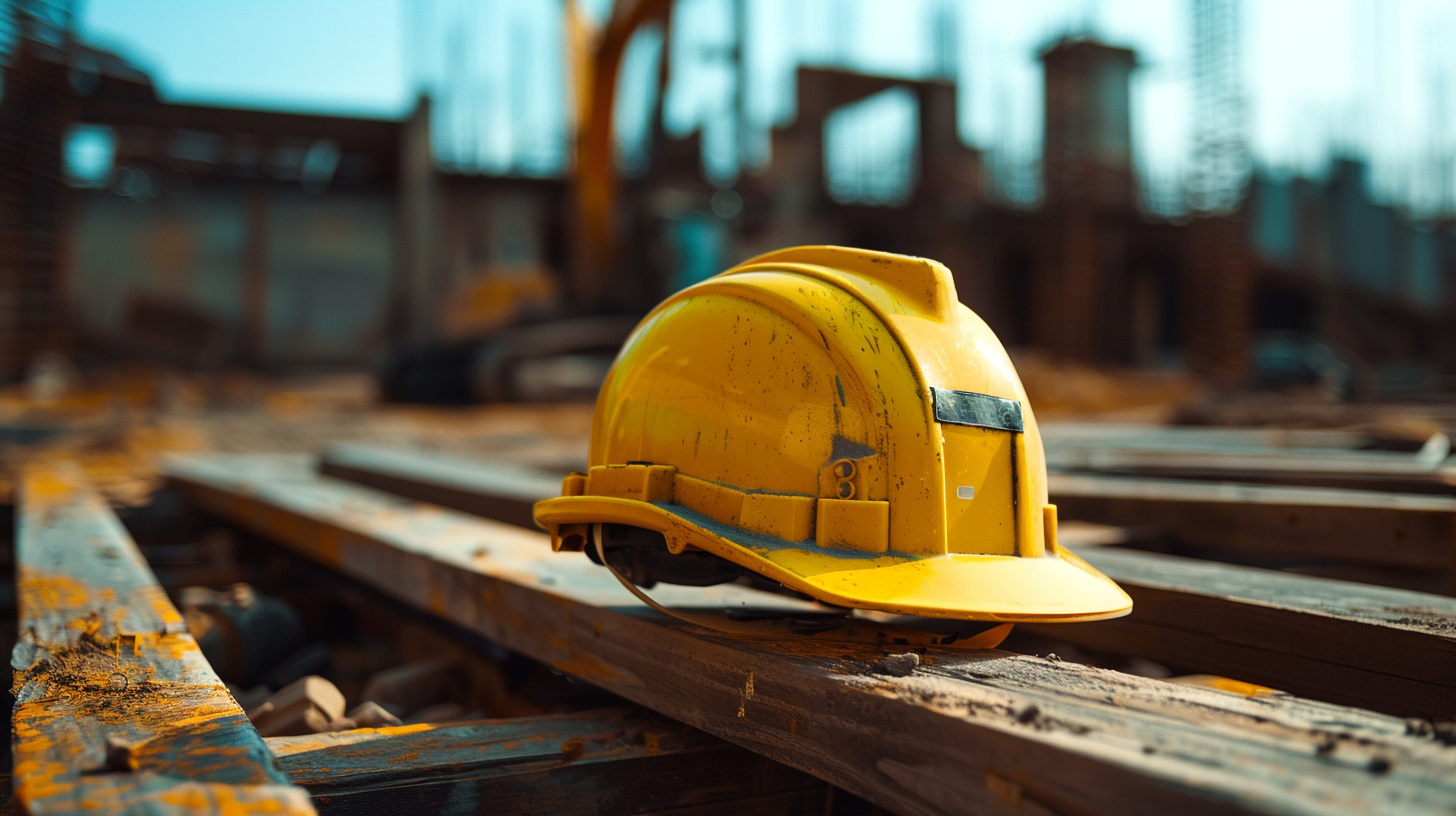
The construction industry is the 4th most dangerous industry for workers.
As the industry grows, the regulations and the definition of creating a safer environment for the workers change.
OSHA releases this list to warn employers about the most frequently cited standards.
The idea is for businesses to spot and sort out potential hazards covered by these and other regulations before OSHA comes knocking.
The Federal Occupational Safety and Health Administration (OSHA) is rolling out multiple initiatives to improve construction worker safety in various sectors.
As an employer, you should remain updated on these changes to maintain compliance, mainly because certain state or local jurisdictions, such as California with its Cal/OSHA standards, may enforce stricter requirements.
Amendment of Injury and Illness Recordkeeping Requirements: Starting January 1, 2024, businesses with 20 or more employees in certain industries must submit injury and illness forms electronically to OSHA annually, expanding the scope of entities required to maintain and submit these records.
“Congress intended for the Occupational Safety and Health Act to include reporting procedures that would provide the agency and the public with an understanding of the safety and health problems workers face, and this rule is a big step in finally realizing that objective,” said Assistant Secretary for Occupational Safety and Health Doug Parker.
National Emphasis Program on Warehouse and Distribution Centers: This three-year program addresses the safety hazards inherent in the warehousing and distribution sector, such as struck-by and caught-in-between hazards, slips, trips, falls, and ergonomic issues.
It includes comprehensive safety inspections focusing on common industry hazards.
Clarification on Safety Gear Requirements in Construction: OSHA proposes a rule to ensure all personal protective equipment (PPE) in the construction industry fits properly, emphasizing the importance of appropriately sized safety gear for workers.
Broadened Definition of Workplace Violence: OSHA clarifies that incidents of workplace violence are recordable for OSHA’s purposes, even if they occur outside the traditional workplace setting, provided the incident is work-related.
Heat Sickness Prevention Standard Proposal: OSHA is developing a standard to mandate employer evaluation and control of heat hazards.
This initiative seeks input on various aspects of heat illness prevention, such as hazard assessment, control measures, emergency response, training, and record keeping, to effectively formulate a rule that protects workers from heat-related risks.
ACCSH meetings are held to offer OSHA advice on construction safety and health standards, involving discussions among diverse stakeholders to enhance workplace safety in the construction industry.
During the ACCSH meeting held on February 22, 2024, the agenda featured several key points, including:
Data analytics and artificial intelligence (AI) are revolutionizing construction safety, introducing a new era of predictive and preventative measures
They use lots of data to help see dangers before they happen, making it easier to keep workers safe.
Safety Models with AI: AI is like a super-smart system that looks at all kinds of information — past accidents, the weather, and what’s happening on the site.
It spots patterns and warns us about risks before they become real problems.
The most critical factors for AI in enhancing construction safety are the job site (25.43%), technology (25.37%), and human error (22.76%), in that order.
Jobsite safety took the top spot primarily because on-site accidents often lead to project delays.
On the other hand, communication (13.79%) and budget (12.64%) were identified as the least significant factors.
Over half (53%) of major general contractors employ software to oversee safety and/or inspections on a minimum of 50% of their projects. These are how a unified platform can benefit field safety:
A real-time communication platform connects team members on different parts of a construction site, ensuring that safety warnings, updates, and instructions are promptly shared and received.
Provides a single source of truth for safety protocols, guidelines, and documentation, accessible to all workers. This ensures everyone is informed about the correct safety procedures and compliance requirements.
Enables quick and easy reporting of safety incidents or hazards from the field, allowing for immediate action to mitigate risks. It also helps track trends over time and identify areas for safety improvements.
Allows the creation and completion of safety checklists and inspections via mobile devices, ensuring that all safety measures are consistently applied and documented across the project.
Helps manage crew members’ work to ensure that high-risk activities are planned with safety in mind, including adequate breaks and avoiding dangerous conditions like extreme weather.
Ensures quick access to emergency plans and contacts, enabling fast response from workers in emergencies.
Sends out alerts and notifications about potential hazards or when safety thresholds are exceeded, such as dangerous air quality or noise levels, prompting immediate preventive actions.
The horizon for construction site safety is vibrant, with technological advancements and collaborative efforts shaping a safer, more efficient future.
Advanced Wearables: Future wearables will integrate AR for instant safety data, making critical information accessible in the wearer’s field of vision.
Self-operating Monitoring: Expect drones and robots to perform independent safety checks, identifying hazards without human guidance. 55% of contractors are currently using drones on their projects.
AI and Predictive Analytics: AI will harness construction data to foresee risks, offering customized safety steps before issues arise.
Innovative Materials: New smart materials will signal structural wear or environmental changes, preventing risks.
The synergy between technology firms, construction companies, and academia will fuel practical safety innovations.
Regulatory bodies will update standards to embrace new safety technologies, ensuring a supportive framework for innovation.
Joint ventures between the government and private sector will promote adopting advanced safety solutions, fostering a culture of innovation and safety.
MobiClocks®️ goes further by incorporating features such as Geo-Fence & GPS Breadcrumbing.
These functionalities ensure that workers are exactly where they need to be, providing real-time workforce management in emergency situations.
In the unfortunate event of an accident or a critical incident, knowing the precise location of each worker allows for rapid response and efficient evacuation.
Additionally, remote crew management capabilities ensure that construction managers can oversee multiple job sites simultaneously and address any safety concerns in real-time.
Want to learn more about the MobiClocks®️ workforce management solution?

There are a lot of ways to deal with no call, no show employees. The policies you enforce will depend on the type of manager you are.

Naturally, productivity and work ethics are positively and strongly correlated. There are many ways to set up a work environment where ethics are valued, and one of the most effective ways has proven to be guidance and empowerment. If you are ready to tak

Having an employee handbook is essential to the efficient operations of your business. In general, it contains all the procedures and policies that go on in your firm. It’s vital to have one, especially in construction companies, where logistics plays a h